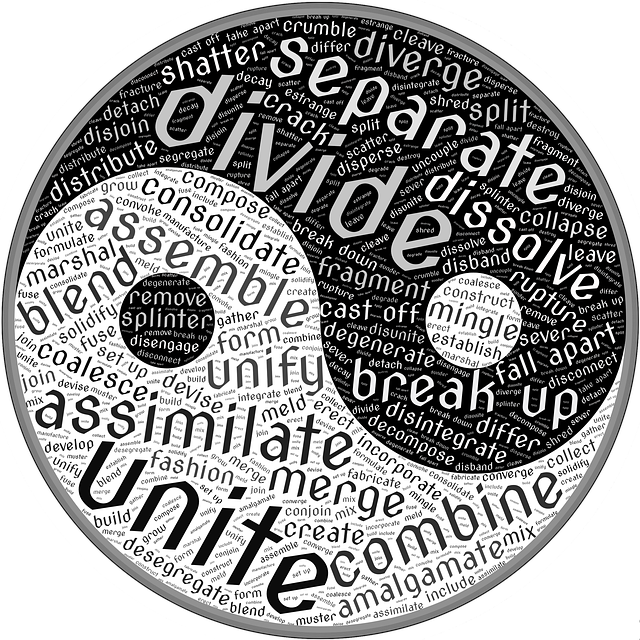An atom is made up of protons, neutrons and electrons, with almost all of its mass equal to the combined masses of the protons and neutrons. Since the relative masses of a proton and a neutron are very similar, it is logical to select a reference isotope whose nucleus has equal number of protons and neutrons. A few candidates like 2H, 4He and 12C immediately come to mind. 12C was eventually chosen in 1961 because it has more equal number of protons and neutrons, six each, than the other two isotopes and therefore provides a better average of the relative mass of a nucleon. Furthermore, it has high relative isotopic abundance that makes it easier to isolate for measurement. Another reason is that 12C was already employed as a reference standard in mass spectrometry before it was chosen.

Hence, 12C was arbitrarily assigned a value of exactly twelve unified atomic mass units or 12 u. All seems in order after the definition, but how is the carbon-12 unified atomic mass unit scale relevant to a chemist who is more familiar with calculating and measuring the inertia mass of macroscopic amounts of chemicals in the laboratory?
